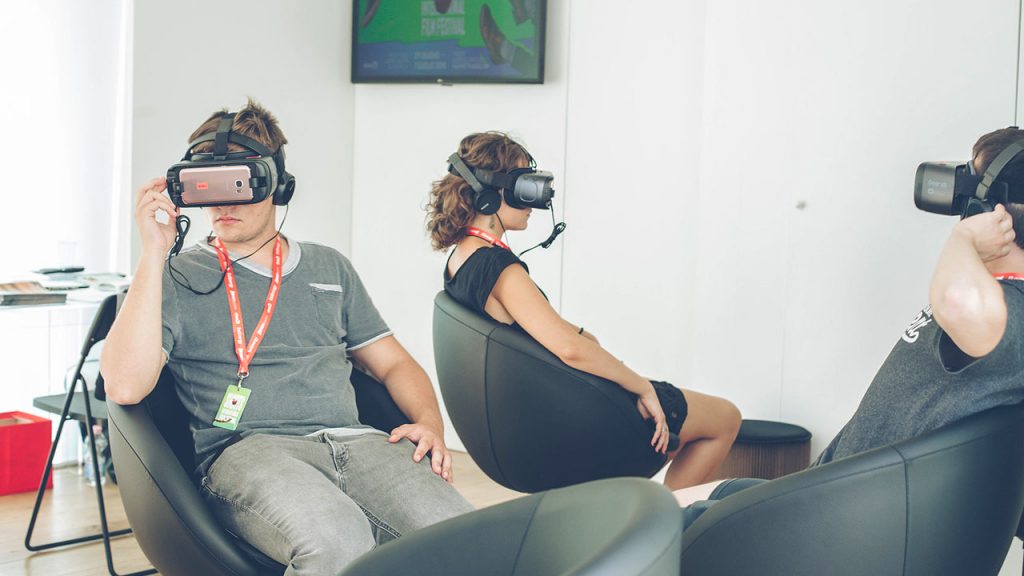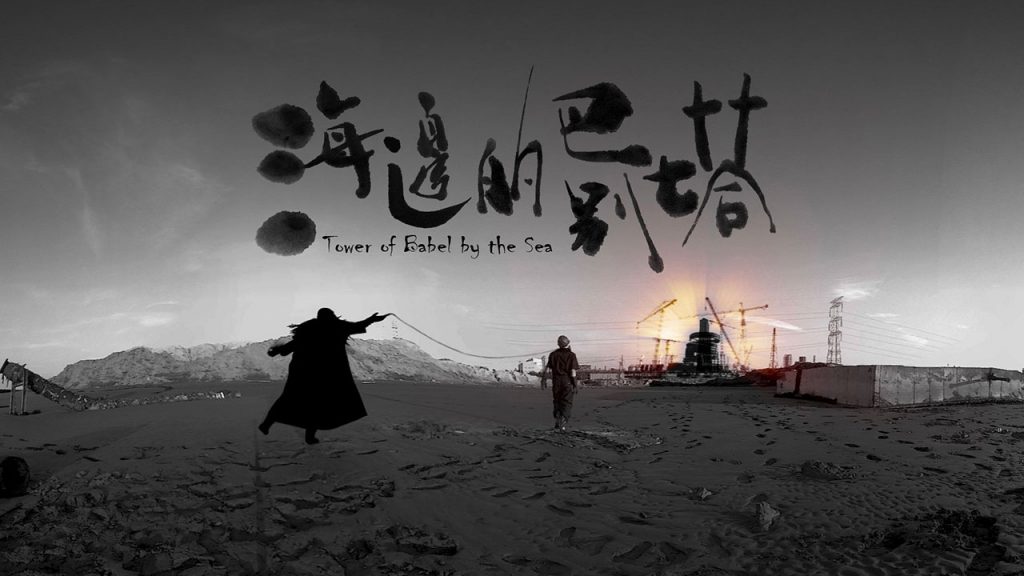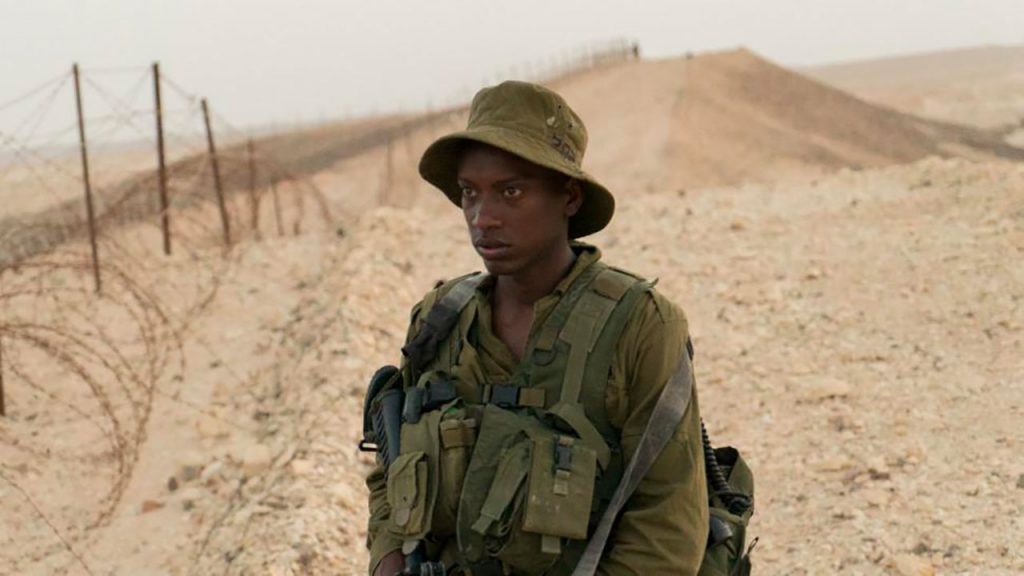And, while we are all waiting for the VeniceVR of the Venice Film Festival, we can enjoy other beautiful events that are working hard on bringing virtual reality to a wider audience.
One of them is ShorTS – International Film Festival (link) in Trieste, northeast Italy. Currently at its 20th edition, ShorTS presents a VR section for the second time in a row: 13 selected works from all over the world in competition (link) and the chance for the audience to experiment with this new technology through a group viewing in a cinematographic virtual room.
We talked with the event curator, Francesco Ruzzier, about the idea behind ShorTS VR and the current edition.
Discovering VR at ShorTS
Francesco Ruzzier – The first time we thought about opening a new section dedicated to VR in our festival it was because we wanted to offer a completely different experience to our audience from an aesthetic and narrative point of view. To give them something that could redefine completely the boundaries of what they were used to see, a new way to experience cinema.
F. R. – Indeed, after the Venice Film Festival, ShorTS was the first Italian festival to add a competitive section for stories in virtual reality; it was such an interesting media that we just had to analyze it in depth.
F. R. – It’s quite clear to me that the potentials of virtual reality are immense and still partially unknown. At the current time what seems important is to understand not only what kind of stories we should tell using VR but, above that, what new stories we can create with it. And indeed, it is still not clear what VR could mean for cinema and for the video ludic industry.
F. R. – In fact, if you consider traditional cinema, you will find that its final meaning comes from editing: what you see on the screen is what is there, and you cannot change a single scene. Sure, the spectator can watch that film again and find new shades to it, but that is another story. A videogame, on the other side, follows a different logic: it can change at every turn, and its meaning comes from what the player decides to do in that specific moment. You play ten times and you probably get ten different experiences. Cinema in VR, or rather the visual experience in virtual reality, goes a bit towards this direction. The author cannot fully decide what the audience is going to do. For example, you can turn your eyes to the right, while you should be looking left, and this is something that questions linguistic codes of traditional cinema. So, every time you watch that story, it is going to be different and it is going to be personal. It differs from other experiences you may have had before, both from the creative side and from the fruition side.
F. R. – Furthermore, thanks to its direct and immersive nature, virtual reality implies an epidermal approach that causes an initial reaction similar to the one that first audience had with the famous train-scene of Lumière Brothers: since the brain does not have yet the necessary tools to decode that scene, what comes out of it is a feeling of awe (a/n a reflection on the concept of awe in relation to virtual reality can be found in academic studies such as those by Alice Chirico and Andrea Gaggioli from the Università Cattolica di Milano (The Potential of Virtual Reality for the Investigation of Awe, 2016).
F. R. – In this perspective, any attempt to depart from pre-existing visual canons represents an interesting inspiration. The Griffiths and the Murnaus have yet to arrive but we are eagerly waiting for them.

Collective vision and virtual rooms
F. R. – The main challenge we had to face when composing a VR selection for the second time was to offer a program that could be of interest even to an already experienced audience. Definitely something that made the selection more stimulating. We opted for works that explore virtual reality with a greater awareness of its potentials, made by directors who worked with the greatest curiosity and the desire to raise the bar of the impossible towards new visual horizons. Even though not a long time had passed from our first edition, it was easy to recognize a quality leap; however I think it was to be expected, since VR has become more popular and new ideas and surprising projects that involve it have started to circulate more.
We asked Francesco to tell us more about the cinematographic virtual room that will host the audience for VR films. An interesting choice, considering the fact that many accuse fruition of VR films of being too individualistic.
F. R. – VR offers more freedom to its users, if compared to cinema. However, it is still true that even in traditional cinema, watching a movie is different from person to person. Maybe the biggest difference, right now, is the familiarity we have with one media rather than the other.
F. R. – It’s not difficult to tell about a movie to someone who has not seen it yet because almost everyone on this world is somehow familiar with the concept of movies. It is another story altogether to tell someone about a VR work. It is such a complex experience to explain to people who have never tried it! But Chiara Valenti Omero, the artistic director of ShorTS, had an intuition: to open an area where more people could experience the same VR experience at the same time. This will allow them to discuss VR and its contents and to share their emotions in regard to what they have just tried. After all, even in cinema, you talk about a movie only after you have watched it. That is what we are going for, here, too. I believe that a film festival should aim to create a collective experience in which to share our feelings with other people and ShorTS has always aspired to this.

F. R. – It’s difficult to predict which directions VR is going to take in relation to cinema. There is nothing written yet. I don’t have any doubt that, with time, VR will find its own way, though. As a Festival, we are definitely going to work to recognize new tendencies and to offer our audience something always new and exciting.
ShorTs Virtual Reality 2019 will take place in the city of Trieste (Italy) from the 2nd to the 5th of July. Out of competition, it will be possible to experience In The Cave, a VR work directed by Ivan Gergolet and produced by Antonio Giacomin and David Cej that was presented at the 75th Venice Film Festival for the Biennale College VR. Furthermore, on July 5 two panels organized in collaboration to proESOF (EuroScience Open Forum) will lead the audience to an exploration of the use of VR in Astronomy, Speleology and Neuroscience.
In competition:
- The Dreams of Henry Rousseau di Thomas Auclair (Francia)
- Paris Terror-The Hostages from the Hyper Cacher di Ricarda Saleh (Germania)
- Everest-The VR Film Experience di Jon Griffith (UK)
- Floodplain di Deniz Tortum (Turchia)
- Tower of Babel by the sea di Feng Wei-jung (Taiwan)
- Conscious existence di Marc Zimmermann (Germania)
- Wombsong di Hanna Vastislao (Finlandia)
- Borderline di Assaf Machnes (Israele, UK)
- Half life VR – Short Version di Robert Connor (Svezia)
- Rooms di Christian Zipfel (Germania)
- Drumpossible di Omar Rashid (Italia)
- Metro Veinte: Cita Ciega di Maria Belen Poncio (Argentina)
- Denoise di Giorgio Ferrero, Federico Biasin (Italia, Svizzera, USA)




Leave a Reply
You must be logged in to post a comment.